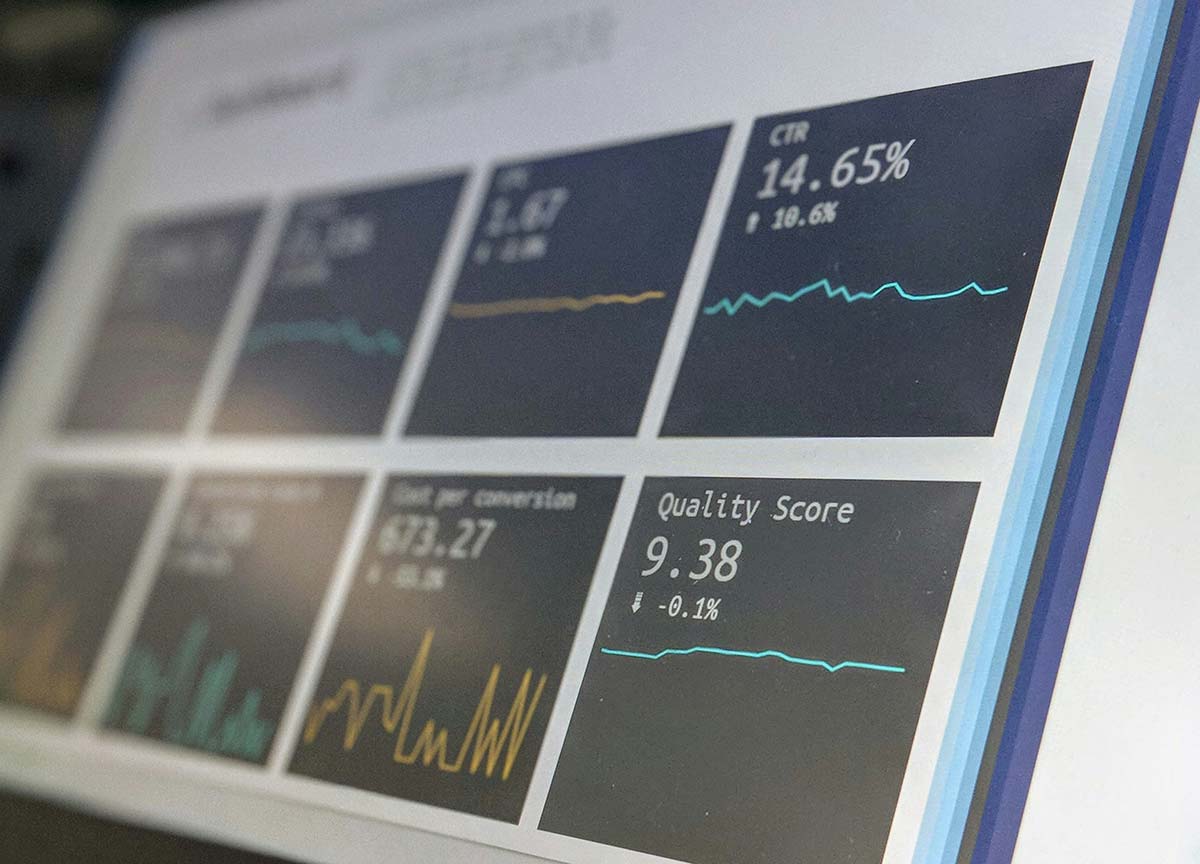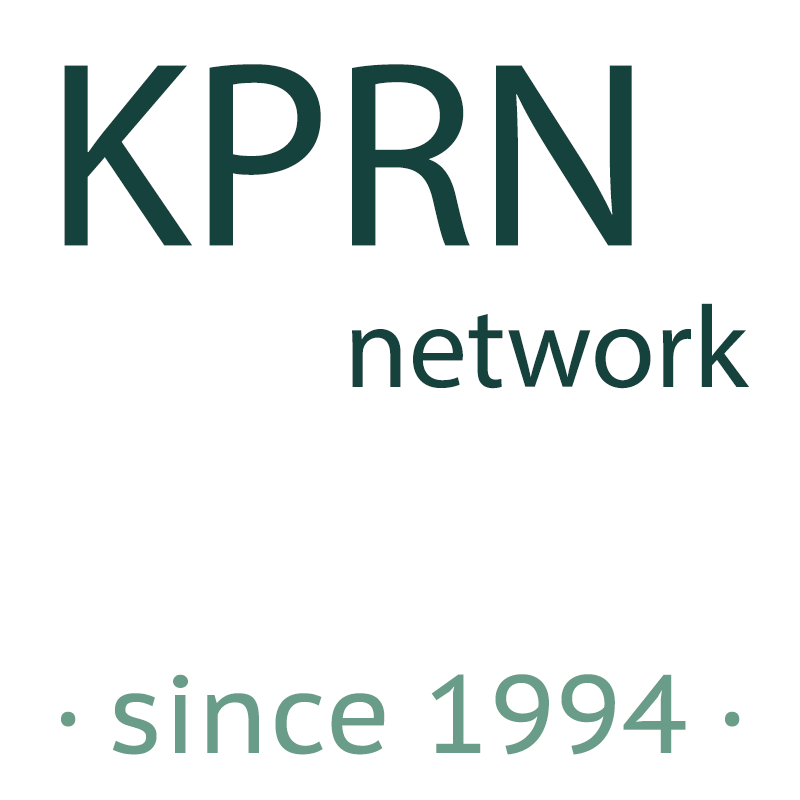
The pressure is on: ESG reporting is no longer a “nice to have” but a strategic imperative. Stakeholders—especially investors and regulators—are demanding better, more consistent ESG disclosures. But strong metrics alone aren’t enough. To make ESG data meaningful, it must be woven into a broader, well-structured communication strategy.
The Rise of ESG in Corporate Reporting
Whether it’s Scope 3 emissions, board diversity, or human rights due diligence, ESG factors are becoming central to how companies are assessed—not only by investors but by employees, clients, and civil society.
Yet many organisations still struggle with communicating ESG metrics. Too often, reports are overloaded with data but lack context. Numbers are published in isolation, with little narrative around them. The result? A disconnect between what’s being done and how it’s perceived.
Making ESG Metrics Work Harder
Anchor ESG to Strategy
Don’t present ESG as an add-on. Show how it supports your organisation’s long-term goals, whether that’s risk mitigation, innovation, or resilience.
Be Selective but Transparent
Avoid trying to report on everything. Focus on what matters most—materiality is key. But be open about why you’ve prioritised certain topics.
Tell the Story Behind the Numbers
A 50% water usage reduction is impressive. But what changes made that possible? Who was involved? What did it cost—and save?
Integrate Across Channels
ESG metrics shouldn’t live only in a sustainability report. They should feature in annual reports, websites, investor decks, and even internal comms.
Evolve Your Messaging
Stakeholder expectations around ESG are shifting. Keep your language fresh and responsive. Avoid generic phrasing—be specific, relevant, and bold.











